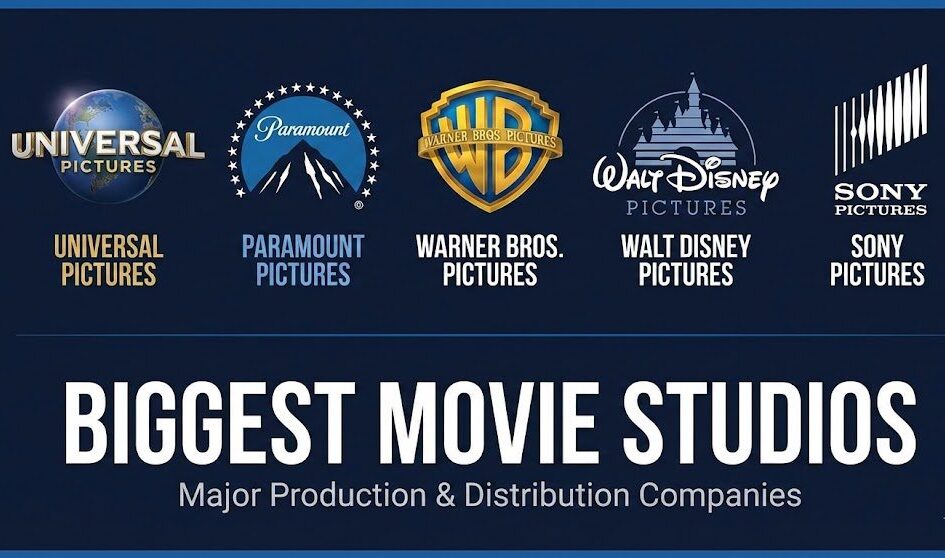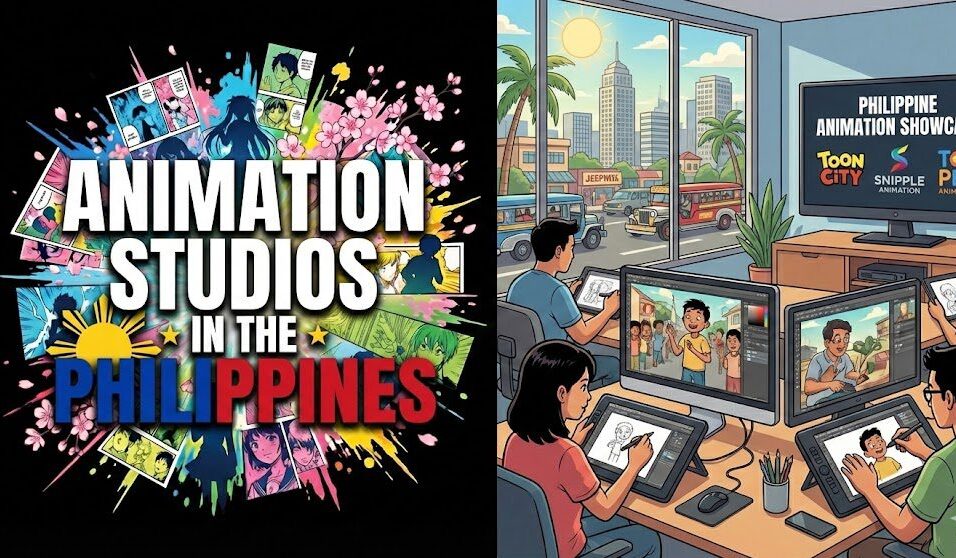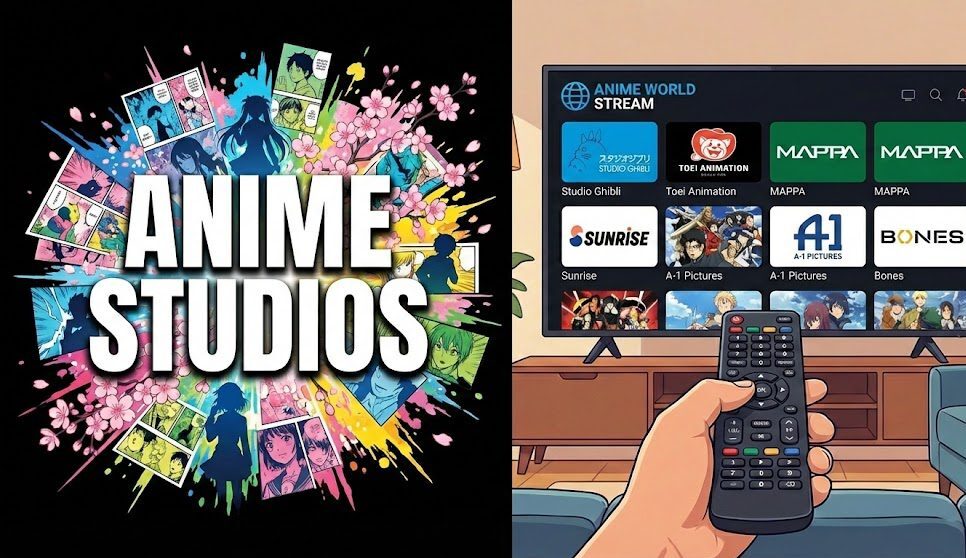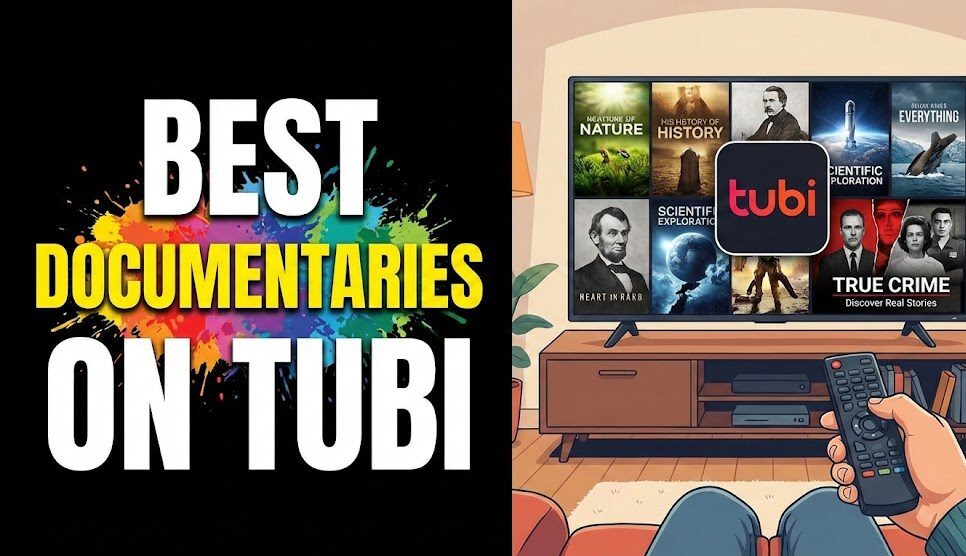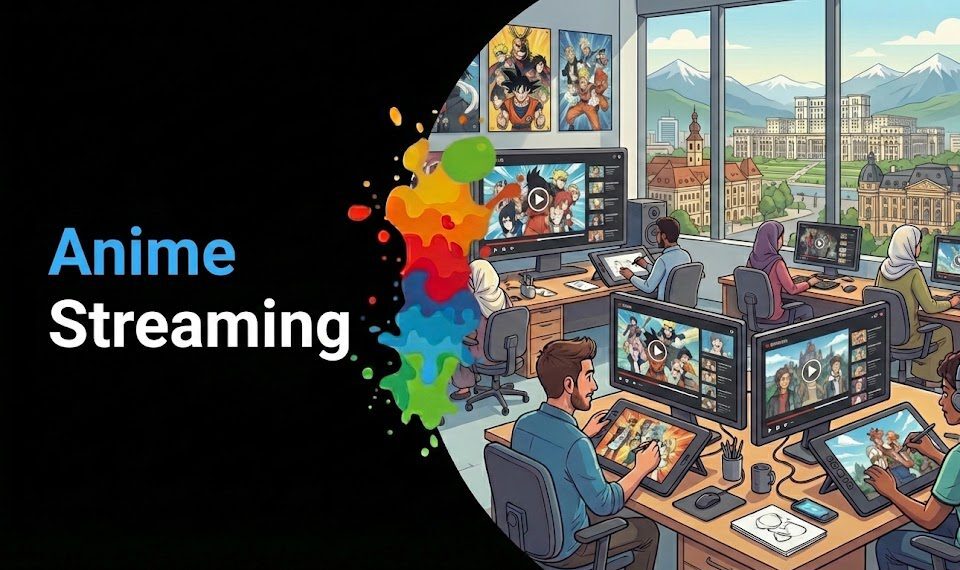Looking for casting service companies in 2024?
Content licensing is a critical aspect of the film industry, particularly for professionals involved in film acquisition and distribution. It allows filmmakers, producers, and distributors to legally share, broadcast, and monetize their creative works. For those in the film industry looking to expand their portfolio through acquiring films, understanding the nuances of content licensing is essential. This comprehensive guide will walk you through the fundamentals, strategies, and best practices of content licensing to help you connect with distributors and successfully navigate the film acquisition process.
Understanding Content Licensing
Definition and Importance
Content licensing refers to the process where the owner of a film grants permission to another party to use, distribute, or exhibit the content. This legal agreement ensures that creators are compensated for their work while allowing distributors to showcase the film to a broader audience.
Types of Licenses
- Exclusive Licenses: Grants the licensee sole rights to use the content within a specific territory or market.
- Non-Exclusive Licenses: Allows multiple licensees to use the content simultaneously.
- Public Performance Licenses: Required for screening films in public spaces.
- Synchronization Licenses: Necessary for integrating film footage with other content like music videos or commercials.
License Premium Content
Access a vast library of high-quality content ready for licensing. Enhance your media portfolio today.
![]()
Exclusive vs. Non-Exclusive Licenses
- Exclusive Licenses: These are often more lucrative but come with restrictions. The licensee has the sole right to distribute or exhibit the film in a specified territory.
- Non-Exclusive Licenses: These are less restrictive, allowing the film to be distributed by multiple parties, which can lead to wider exposure.
Public Performance Licenses
Necessary for screening films in venues like cinemas, festivals, and public events. This license ensures that the filmmakers and rights holders are compensated for public viewings.
Synchronization Licenses
Needed when films are used in conjunction with other media, such as commercials or music videos. This type of license is crucial for integrating film content with additional creative works.
Benefits
Content licensing provides several benefits, including revenue generation, expanded audience reach, and protection against unauthorized use. It also fosters collaboration between filmmakers and distributors, creating opportunities for market expansion and brand building.
Market Trends
The film industry is experiencing significant growth in digital content licensing, driven by the rise of streaming services and on-demand platforms. This shift has opened new avenues for filmmakers to distribute their work globally and generate diverse revenue streams.
Industry Impact
Content licensing has transformed the film industry by enabling a more dynamic and flexible distribution model. It has empowered independent filmmakers to compete with major studios, democratizing the access to audiences and revenue.
Expand Your Content Library
Acquire top-tier content through our seamless licensing process. Keep your audience engaged with fresh media.
Steps to Acquire
- Identify Potential Films: Research and shortlist films that align with your distribution goals.
- Contact Rights Holders: Reach out to filmmakers, production companies, or agents to express interest.
- Negotiate Terms: Discuss and agree on the terms of the license, including duration, territory, and exclusivity.
- Draft Contract: Ensure all agreed terms are documented in a legally binding contract.
- Secure License: Finalize the agreement and secure the rights to distribute the film.
Key Considerations
- Market Demand: Assess the potential audience and demand for the film in your target market.
- Rights Availability: Verify that the film rights are available for licensing.
- Legal Compliance: Ensure all legal requirements and copyright laws are adhered to.
Negotiation Tips
- Be Clear and Concise: Clearly state your expectations and requirements.
- Understand the Value: Know the worth of the film and negotiate a fair price.
- Build Relationships: Establish trust and rapport with rights holders for future opportunities.
Monetize Your Creative Works
Turn your content into profit by licensing it to our network of distributors and platforms worldwide.
Conclusion
Content licensing is a vital process for film acquisition and distribution, providing numerous opportunities for filmmakers and distributors to monetize their work and reach wider audiences. By understanding the different types of licenses, the legal aspects involved, and the strategies for connecting with distributors, you can navigate the film industry more effectively and maximize your success. Stay informed about emerging trends and leverage available tools and resources to enhance your licensing efforts.
Content licensing in the film industry involves granting permission to use, distribute, or exhibit a film, usually in exchange for a fee or royalties.
You can find film distributors by attending film festivals, industry events, and networking with professionals in the industry. Online platforms and industry directories also provide valuable contacts.
The common types of film licenses include exclusive licenses, non-exclusive licenses, public performance licenses, and synchronization licenses.
Copyright protects the creator’s rights, ensuring they are compensated for their work and preventing unauthorized use or distribution.
A content licensing contract should include the scope of the license, payment terms, usage restrictions, and termination clauses.






















